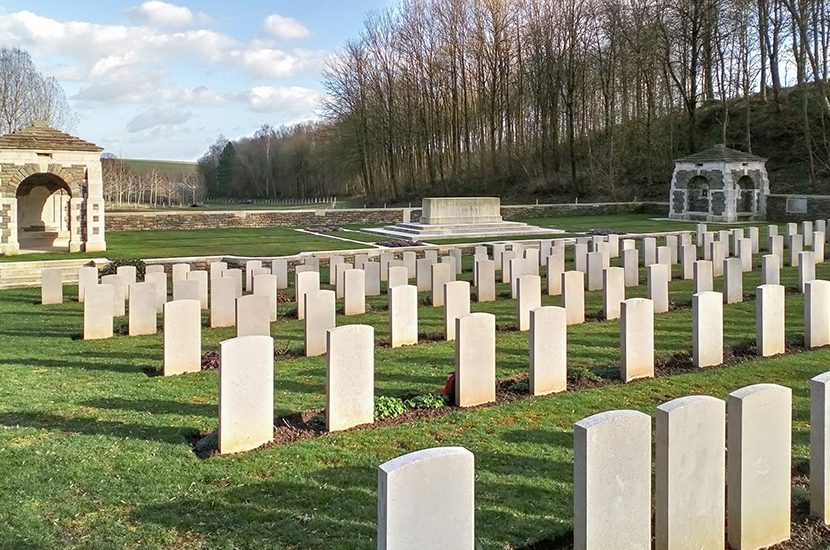They are starting to cut the corn. But apart from combine harvesters and tractors, the roads up here on the Somme ridges are empty, the villages more or less deserted. It’s been just me and my bike, the wind, the skylarks, the familiar English sky, the chalk ground, the strange flints, the green and famous woods, and the thousands of British dead lying under Portland headstones in these beautifully kept military cemeteries, the grander ones designed by Sir Herbert Baker. They dot the hillsides all around like defensive outposts of a lost civilisation of warrior gardeners.
Airport bookshops a few years ago were selling a paperback called Is it Just Me or is Everything Shit? Cycling the Somme battlefield this past week, I was convinced that if there is one thing in this stale and overcrowded world that has been saved, it is surely the Commonwealth War Graves Commission and their loving diligence towards our first world war dead.
The lawns and flower beds are flawless and the minute these century-old headstones show signs of weather erosion they are immediately replaced with a new one. The masons and engravers of the CWGC must be working flat out because I saw many of these pristine replacements. On some of the headstones, a brief well-chosen phrase has been appended to the stark name, age, rank, serial number, date of death and regimental badge of the deceased. ‘Remembered kindly by all’, I saw yesterday inscribed on the headstone of ‘A Ploughman, aged 26, of the Northamptonshire Regiment’. Even if you have no interest, sentimental or otherwise, in the Great War, but you enjoy gardening, I would still recommend a visit if only to admire the sharpness of the flower-bed edges.
My Uncle Bertie’s headstone, found in Becourt Military Cemetery, was shaded by a three-feet tall rose bush in full crimson bloom.









Comments
Join the debate for just £1 a month
Be part of the conversation with other Spectator readers by getting your first three months for £3.
UNLOCK ACCESS Just £1 a monthAlready a subscriber? Log in